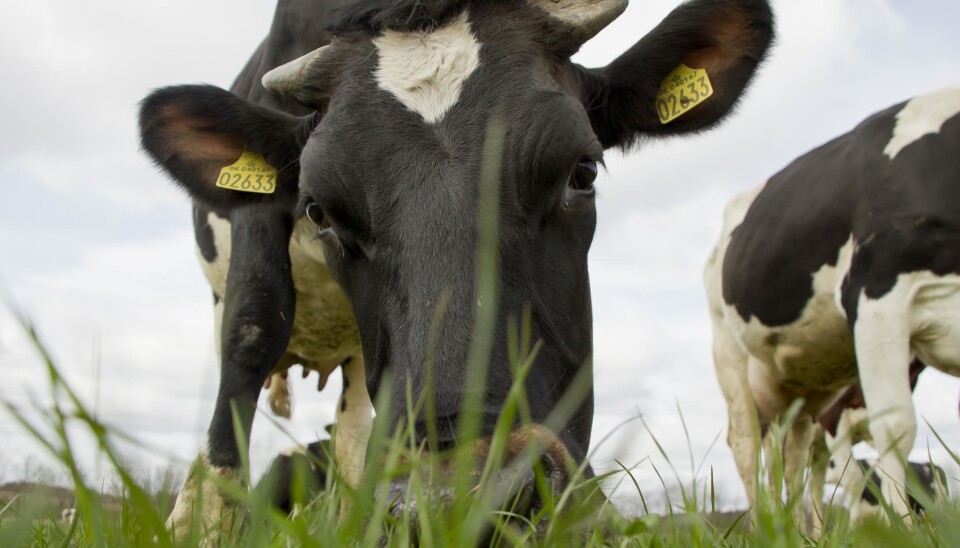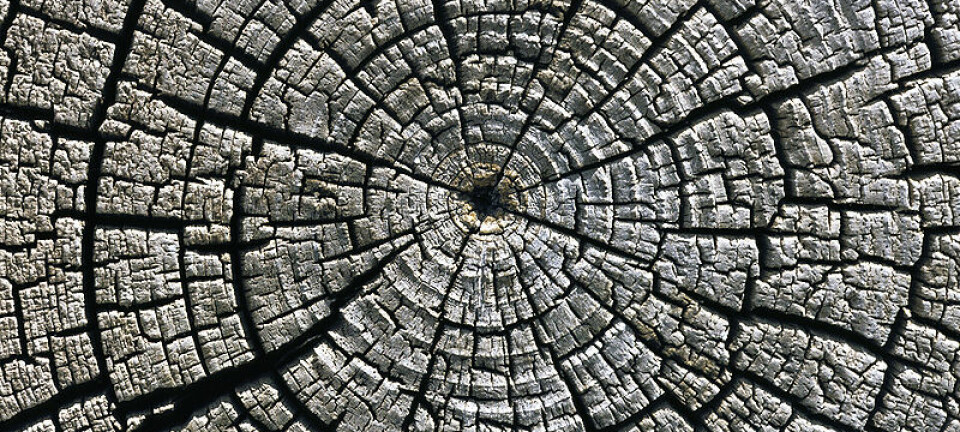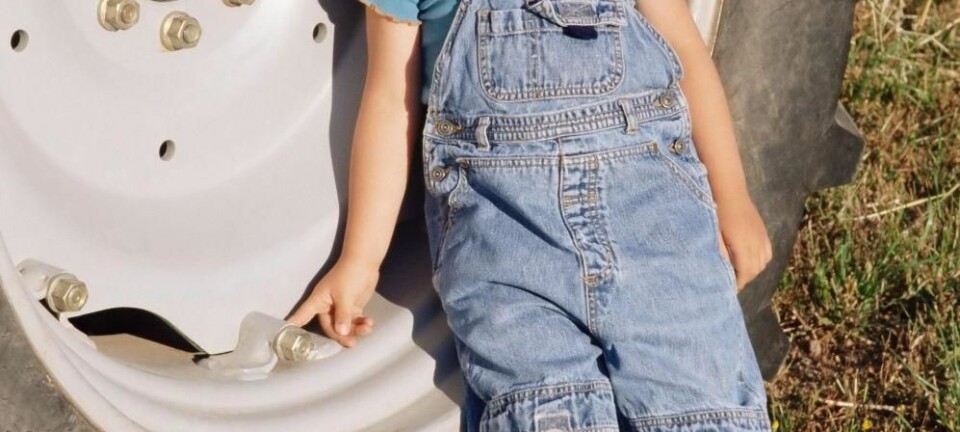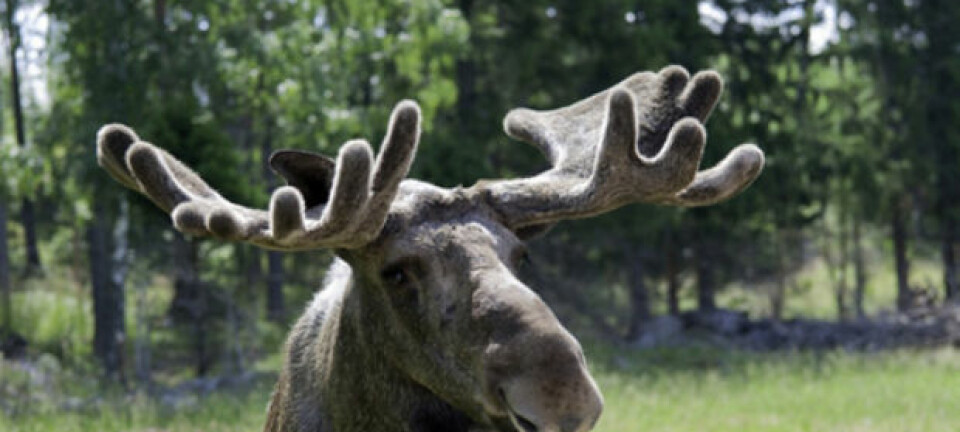
Enter the eco-cow
Preparations have started on the breeding of a more climate-friendly cow which calves less frequently and produces milk over a longer period.
An ordinary dairy cow is not a climate-friendly creature – it emits copious amounts of greenhouse gases from both ends.
But now the dairy cow is set to relinquish its reputation as one of the biggest greenhouse gas culprits, as a Danish research team is starting work on developing a climate-friendly cow.
Such a cow will calve less frequently and produce more milk over a longer period of time. This can be achieved through better feed composition and longer intervals between inseminations.
“Cows have a very high rate of milk production when they calve. If we can keep the rate high for longer through the feed, the cows will only need to calve every 18 months instead of every year,” says senior researcher Troels Kristensen of the Institute of Agroecology at Aarhus University.
Cows naturally produce about ten litres of milk per day, but we now have the technology to get them to produce perhaps 60 litres per day. If we can maintain the high production over a longer period, then there is no logical reason why cows should go through calving every single year.
Troels Kristensen
“This means that we will have fewer young cows, which have not yet started producing milk. In that way we save on feed – and thereby also on emissions of greenhouse gases."
Kristensen will head the project, which will take five years and involve 80 cows at a test unit and 600 cows at four Danish cattle farms.
Longer lifetime
Ruminants like cows have bacteria in their digestive system which produce the greenhouse gas methane. As cows digest their food they emit methane at both ends, in burps and flatus.
The advantage of having fewer young cows – calves and heifers – is that the proportion of cattle emitting methane without producing milk for the farmer becomes smaller. At the same time, the proportion of cows not producing milk during the 6-7 weeks before calving also becomes smaller.
“Looking at it from a climate perspective, the animals convert some of their feed into methane. If at the same time they do not deliver milk, they are strictly only a cost in the green accounts,” says Kristensen.
“A cow calves two or three times during its life, and in principle it should continue to do so – its life will just be 12 to 18 months longer.”
Animal welfare benefits
The research group will extend the calving interval by delaying insemination until nine months after calving. Today it is standard practice to inseminate cows three months after calving because the milk production rate starts to drop at that time.
By changing the feed composition, the research team hopes to keep milk production high and increase the calving interval from 12 to 18 months. This will mean fewer young calves and heifers, which do not produce milk, but it will also bring substantial animal welfare benefits.
“Eighty percent of disease problems in cows occur during calving, due to the major change in going from producing no milk to producing 60 litres per day. So there are also some ethical benefits to having longer periods between calvings,” says Kristensen.
Less stress and more milk
The big change during calving also results in the cow using up a lot of its energy reserves, and losing a significant amount of weight.
By modifying the fat, protein and energy content of the cow's feed, the lactation period can be extended. As a result, the cow will use less energy and reduce the demand on its energy reserves. It also increases the chances of the cow becoming pregnant.
“The entire process becomes physiologically less stressful for the cow, while the farmer still benefits because the cow continues to produce plenty of milk," says Kristensen.
All animals are not equal
The project involves two groups of cows. The first group comprises 80 cows at a test unit, where the animals' responses to changes in the feed will be carefully monitored. Testing will involve hormone measurements, blood samples, tissue samples and milk samples. The results will enable the content of the feed to be adjusted in order to optimise its composition.
The second group comprises a total of 600 cows at four farms. The cows will be divided into two subgroups, one of which will continue to calve once a year, while the other will calve at 18-month intervals. This will allow comparisons to be made as to whether some cows are better suited than others to having their lactation period extended.
“Previous tests have given us a good idea of which feed strategies will prolong the lactation period,” says Kristensen. “But these tests had a different focus, so they will now be adjusted and tested in practice.”
The research funding will be shared between the Department of Agroecology, the Department of Animal Science and the Department of Food Science at Aarhus University. The project will be carried out in collaboration with colleagues abroad and Danish agricultural consultants.
Translated by: Nigel Mander







